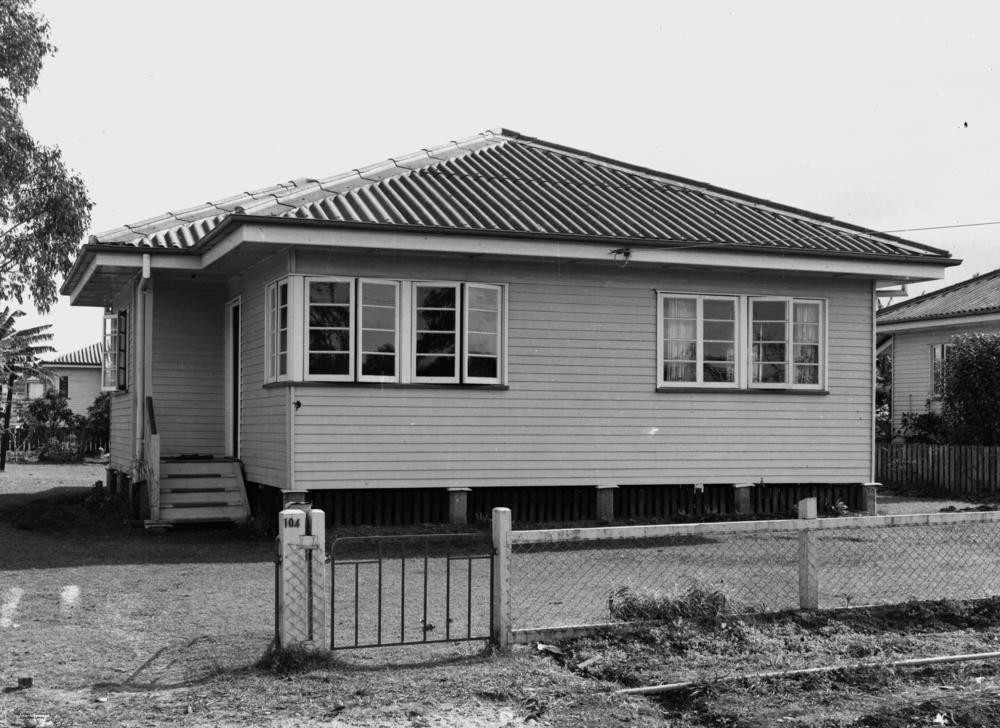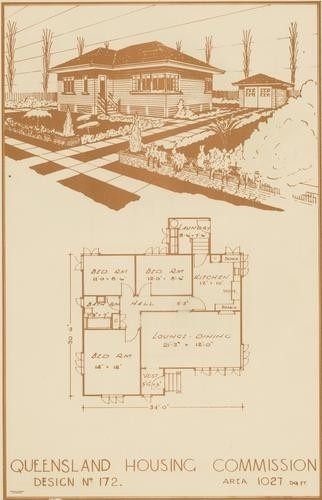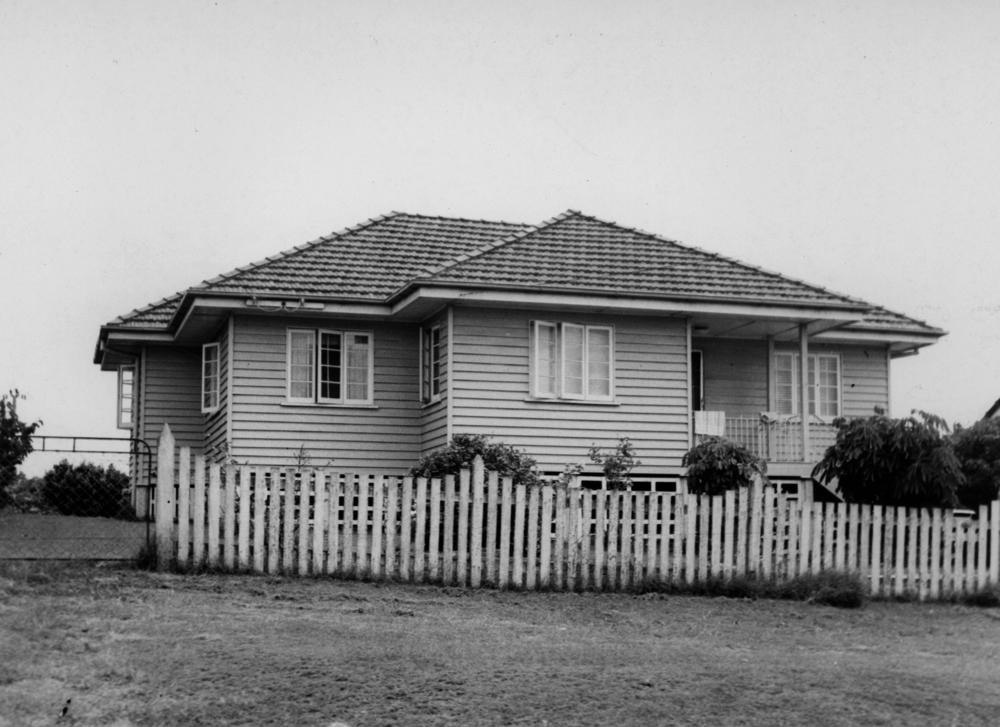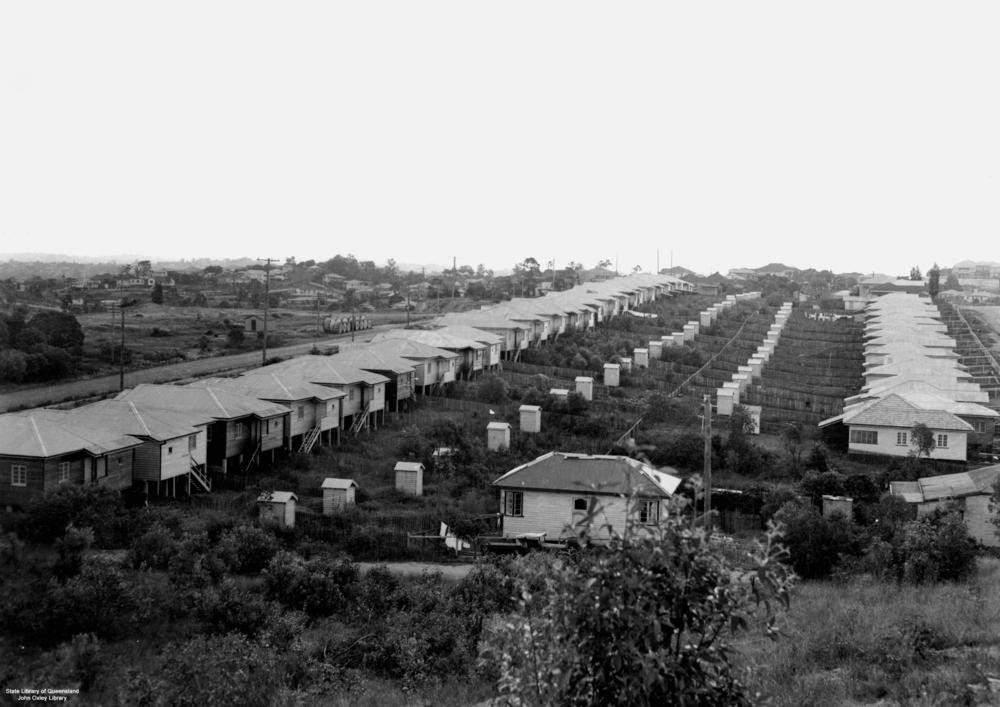During WWII, the Federal Government introduced restrictions on the building and renovation of homes in Australia. A shortage in building materials and labour made development during the war a limited exercise. The increase in post-war population put further strain on the nation's housing infrastructure. In 1946, Brisbane architect Robert Cummings estimated that there was a shortfall of 300,000 houses nationwide.
To address the comparatively high costs of building, coupled with the high demand for housing, Mr Cummings recommended that "good results to this end could be obtained by some method of standardisation, especially in fittings, equipment, doors and windows, which, when made in many varieties, accounted for a large proportion of the cost of a home."
Utilising new building materials from places as far aware as France, Sweden and Czechoslovakia, the Queensland Housing Commission oversaw rapid development. Brisbane suburbs such as Zillmere, Chermside and Norman Park became populated with low-set timber houses on quarter acre blocks. As the scheme developed over time, more and more pockets of Queensland suburbia started to feature these houses, which we know commonly refer to as "post-war."
The current State Library of Queensland exhibition Hot Modernism examines the ideology behind these developments, including the theories of Cummings and Karl Langer and how they thought Queenslanders could build contemporary homes appropriate to Queensland's climatic conditions. See it before it closes on 12 October 2014.
Several publications featuring these houses have been digitised, including these three titles:
Queensland Housing Commission designs 1950.
Queensland Housing Commission plans 1959.
Collection of Queensland Housing Commission house plans 1967.
If you live in a similar house, or would like to explore these buildings further, there are also a large number of digitised images available via OneSearch, including some taken from the Frank Corley Collection. Brisbane City Council has also recently released a guide to researching the history of your house, available here.




Comments
Your email address will not be published.
We welcome relevant, respectful comments.